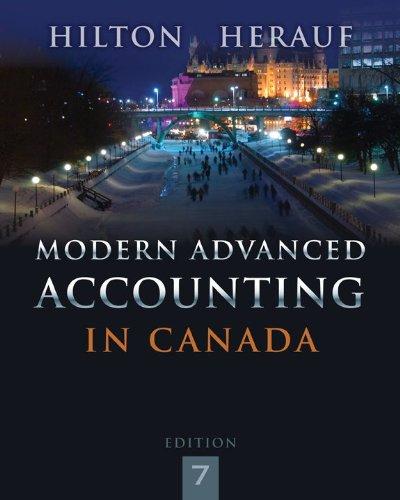Answered step by step
Verified Expert Solution
Question
1 Approved Answer
5. Consider a matching model where agents in X = {x1, x2, x3}, Y = {y1, 92, 93}, and Z = {21, 22, 23}

5. Consider a matching model where agents in X = {x1, x2, x3}, Y = {y1, 92, 93}, and Z = {21, 22, 23} are to be matched in triples (xi, yj, zk). Assume that all agents have strict preferences over pairs of agents from the other groups. A ranking function r: X x Y x Z {1,..., 9} rep- resents the preferences in the following way. r(x1,y2, 22)=(x1 (92, 22), Ty2 (1, 2), Tz2 (1, y2) = (2, 3, 6), means that x1 ranks (y2.22) as her second best option, y2 ranks (x1, Z2) as her third best option and z2 ranks (1, 92) as her sixth best option (and similarly for all possible triples). (a) How many different matchings are there?
Step by Step Solution
There are 3 Steps involved in it
Step: 1

Get Instant Access to Expert-Tailored Solutions
See step-by-step solutions with expert insights and AI powered tools for academic success
Step: 2

Step: 3

Ace Your Homework with AI
Get the answers you need in no time with our AI-driven, step-by-step assistance
Get Started


